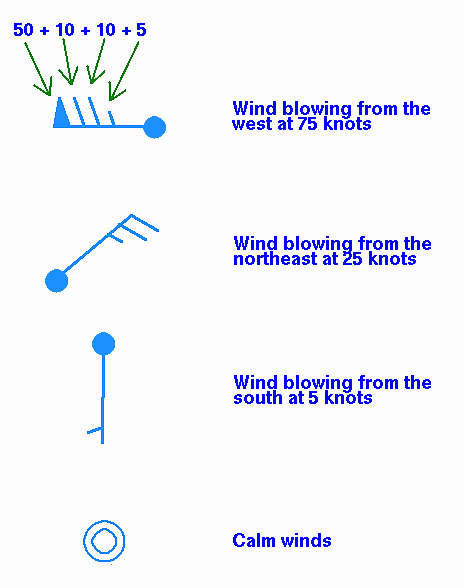Marine Weather
Surfing, sailing, diving - weather matters
Marine Weather
The Philippines are inside the region with the warmest sea water in the world. The surface temperature varies between 24°C and 32°C (75°F to 89°F). An ocean temperature of 26.5°C (79.7°F) spanning through at least a 50-metre depth is one of the requirements needed to maintain a tropical cyclone. Marine weather is the key.
Marine weather is extremely important for the Philippines. The 7107 islands are mostly connected by cargo vessels and ferries. High seas can interrupt the supply of vital goods. They also can block local people and tourists during days and even weeks on an island. Severe weather develops always over the sea. Knowing the weather over the sea means being informed about upcoming storms.
Surfers need swell and waves and divers prefer calm waters. Windsurfers and kite-boarders need wind. Sailing is best with wind but not too much waves. We therefore inform you about wind, waves, water temperature and tide levels. To complete your own forecast, please visit our Main Weather page.
Wave Height
Waves are nice to see breaking on the beach and surfers need them eagerly. But travelers and divers prefer a mostly flat sea.
The colors in the map show wave heights. The arrows indicate wave directions.
CAUTION: The wave direction may change near the coast. This depends on islands and peninsulas in the way of the incoming waves.
Here are the reasons:
Reflection: When a wave strikes a reflective surface, it changes direction, such that the angle made by the incident wave and line normal to the surface equals the angle made by the reflected wave and the same normal line.
Interference: Waves that encounter each other combine through superposition to create a new wave called an interference pattern. Important interference patterns occur for waves that are in phase.
Refraction: Refraction is the phenomenon of a wave changing its speed. Mathematically, this means that the size of the phase velocity changes. Typically, refraction occurs when a wave passes from one medium into another. The amount by which a wave is refracted by a material is given by the refractive index of the material. The directions of incidence and refraction are related to the refractive indices of the two materials by Snell's law.
Diffraction: A wave exhibits diffraction when it encounters an obstacle that bends the wave or when it spreads after emerging from an opening. Diffraction effects are more pronounced when the size of the obstacle or opening is comparable to the wavelength of the wave.
You may also want to read: Wind waves
Map provided by: Oceanweather Inc.
Sea Surface Temperature
The water surface temperature is very important for the weather in the Philippines.
This temperature is also very important for tourism - tourists like swimming in clear and warm water.
Divers also prefer warm water when staying down during an hour or more. Any temperature above 25°C is welcome.
For comparison: the world Sea Surface Temperatures (click on the image for the real-time image).

Map provided by: Oceanweather Inc.
Atmospheric Pressure
The atmospheric pressure maps are a great help to determine wind directions and wind strength.
The blue wind flags show the direction and the force on specific spots.

The isobars (the curves) indicate lines of same barometric pressure.
Winds flow always from the high pressure are "H" to the low pressure are "L". Think of a kids balloon, the high pressure air inside flows out to the lower pressure.
In the northern hemisphere these winds leave the high pressure are in a clockwise circulation. They are attracted by the low pressure are in a counter-clockwise circulation.
In the Philippines we know 3 principal wind flows, two seasonal monsoons and the north-equatorial "Easterlies".
The monsoons:
Habagat: Blows from south-west between June and October.
Amihan: Blows from north-east between November and May.
See also our animated 24 hours satellite images: Philippines Weather
Maps provided by: Oceanweather Inc.
and Japan Meteorological Agency (JMA)
